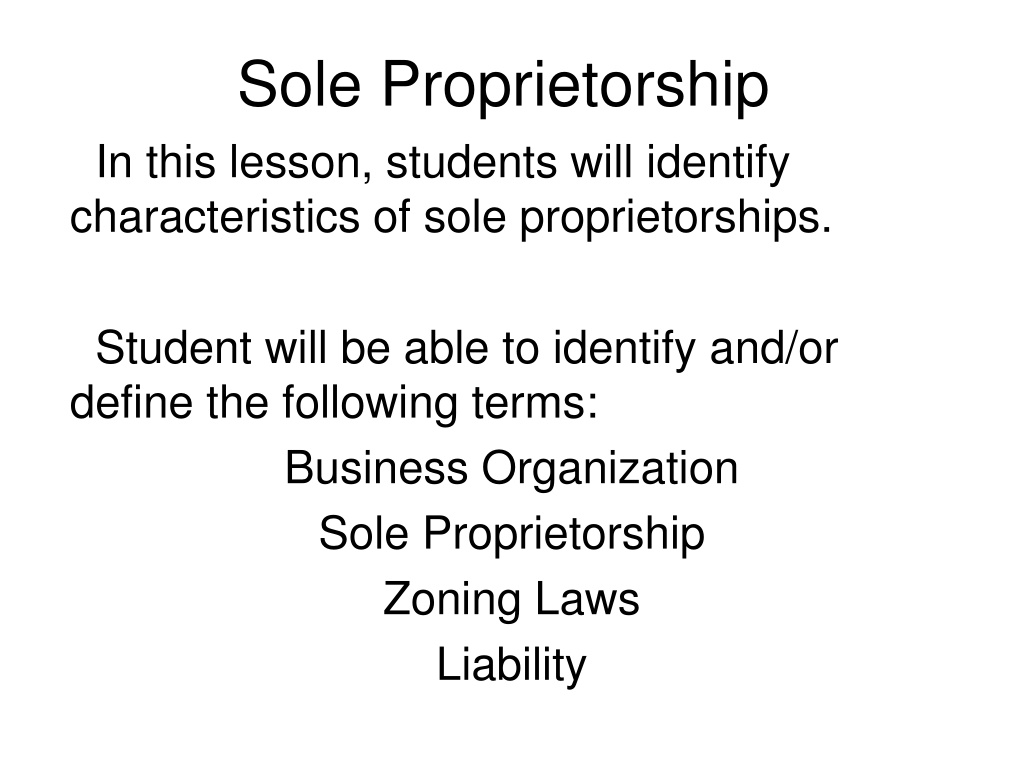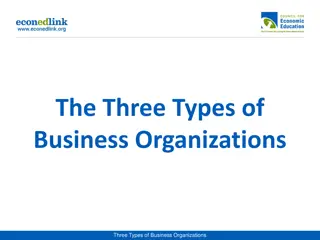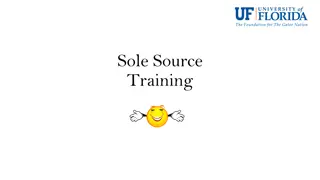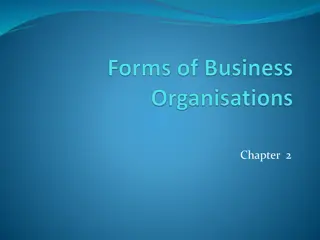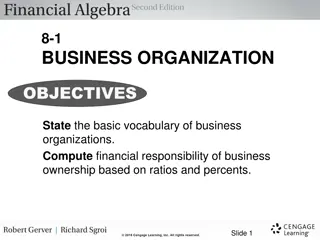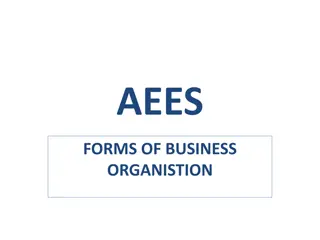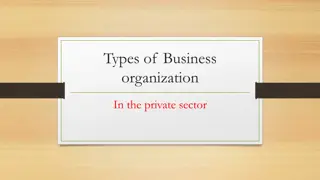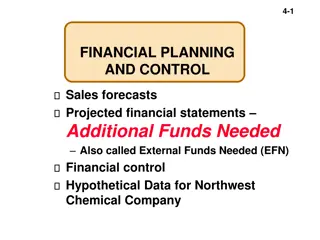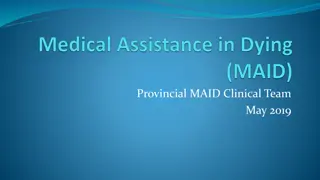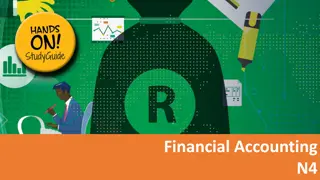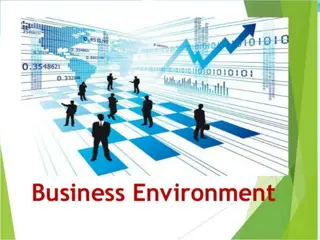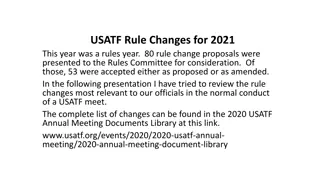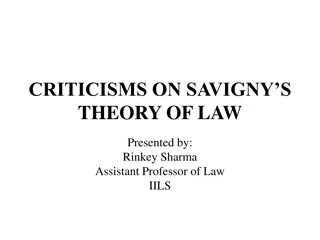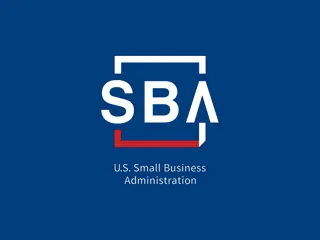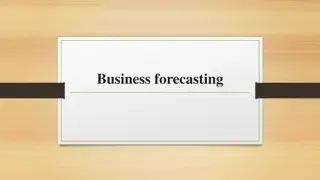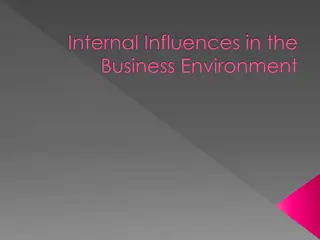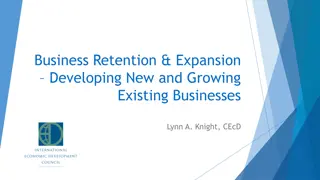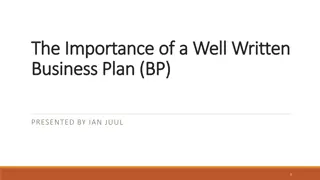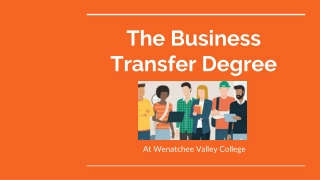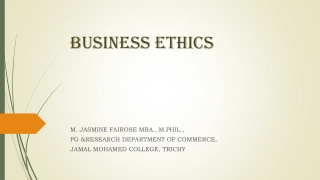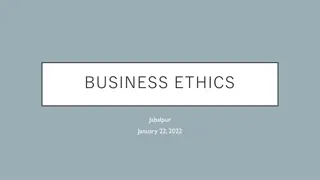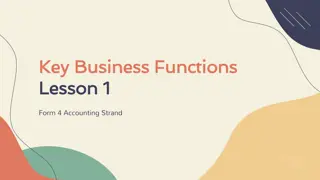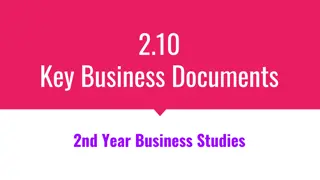Understanding Sole Proprietorships in Business
This lesson focuses on identifying the characteristics of sole proprietorships. Students will define terms like Business Organization, Sole Proprietorship, Zoning Laws, and Liability. The advantages include decision-making independence and keeping all profits, while disadvantages include unlimited personal liability. Sole proprietorships are common in the US but come with risks.
Download Presentation

Please find below an Image/Link to download the presentation.
The content on the website is provided AS IS for your information and personal use only. It may not be sold, licensed, or shared on other websites without obtaining consent from the author. Download presentation by click this link. If you encounter any issues during the download, it is possible that the publisher has removed the file from their server.
E N D
Presentation Transcript
Sole Proprietorship In this lesson, students will identify characteristics of sole proprietorships. Student will be able to identify and/or define the following terms: Business Organization Sole Proprietorship Zoning Laws Liability
Do Now: Why is competition good for consumers? Competition gives consumers choices on the products they buy.
A business organization is an establishment formed to carry on commercial enterprise.
Sole Proprietorship A sole proprietorship is a business owned and operated by an individual. Most businesses in the United States are sole proprietorships. However, sole proprietorships account for a small percentage of total sales in the U.S.A.
A sole Proprietorship is a common and popular form of business in the United States.
Advantages of Sole Proprietorships The greatest advantage of owning a sole proprietorship is the ability of the owner to make all decisions. The owner also keeps all profits after taxes. Many people enjoy being the boss.
The sole proprietor is the boss of his business. He makes all decisions and keeps all profits after taxes.
Disadvantages of Sole Proprietorships The greatest disadvantage of a sole proprietorship is that the owner has unlimited personal liability. Unlimited personal liability means that the owner has the obligation to pay all debts. Liability is the legally bound obligation to pay all debts.
If the business is sued, the sole proprietor can lose not only the business but his personal property.
Zoning Laws While there are few laws regulating sole proprietorships, zoning laws do restrict where businesses can be located. A zoning law is a law that states where businesses can be established in a town. Generally, towns have business districts and residential neighborhoods.
A business district is a section of a town where businesses are located.
Fringe Benefits Sole proprietors have a hard time attracting good workers because they cannot afford fringe benefits. Fringe benefits are payments other than salaries. Paid vacation and health insurance are examples of fringe benefits.
Health insurance is a fringe benefit. Sole proprietors usually cannot afford to offer their workers such benefits.
A sole proprietorship is the least- regulated form of business in the United States.
Questions for Reflection: Define business organization. What is a sole proprietorship and why is it the most common form of business organization in the United States? Why do sole proprietors have unlimited personal liability? What are zoning laws and how do they affect neighborhoods?
